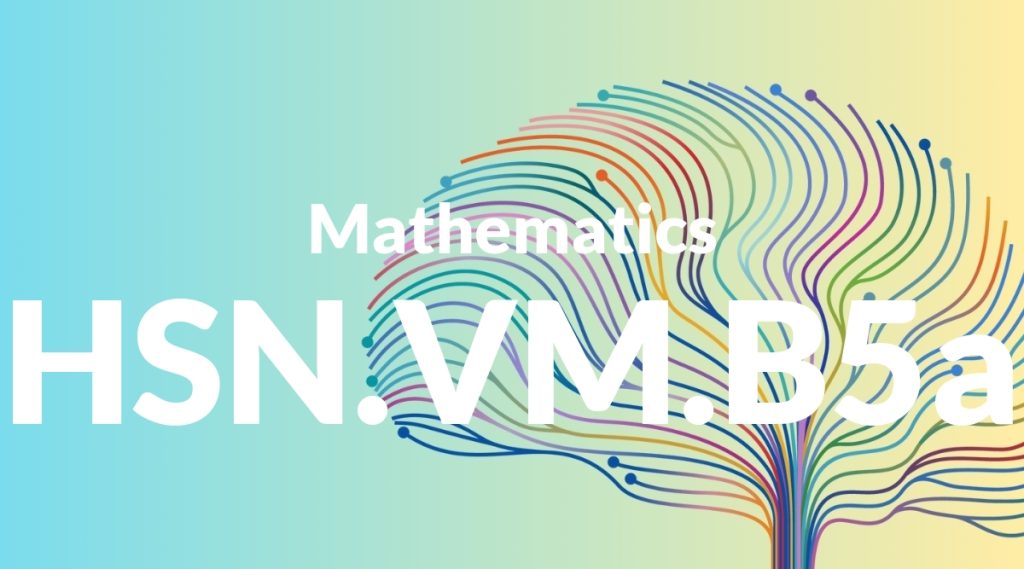Standard: HSN.VM.B5a – Represent scalar multiplication graphically by scaling vectors and possibly reversing their direction; perform scalar multiplication component-wise, e.g., as c(vx, vy) = (cvx, cvy).
Grade level: High School: Number and Quantity
Subject: Mathematics
Domain: Vector & Matrix Quantities
Teacher Overview
This standard focuses on teaching students how to represent and perform scalar multiplication of vectors both graphically and component-wise. Understanding this concept is crucial for solving real-world problems in physics, engineering, and computer graphics, where vectors are used to represent quantities like force, velocity, and direction. Students should be comfortable with basic vector operations and have a strong grasp of coordinate systems and scalar quantities.
After mastering scalar multiplication, students will be prepared to tackle more advanced vector operations, such as dot products and cross products, which are essential for higher-level mathematics and applications in various scientific fields.
Common Misconception 1
A common misconception is that scalar multiplication only affects the magnitude of a vector and not its direction. This is incorrect because a negative scalar can reverse the direction of the vector.
Intervention 1
To address this, use visual aids to show vectors being scaled with both positive and negative scalars. Interactive software can help students visualize these changes dynamically.
Common Misconception 2
Another misconception is confusing scalar multiplication with vector addition. Scalar multiplication involves scaling the vector by a scalar, while vector addition involves combining two vectors to get a resultant vector.
Intervention 2
Provide practice problems and clear, side-by-side examples of both operations to highlight their differences. Emphasize the mathematical operations and visual representation of each.
Prerequisite Knowledge
Students should have a solid understanding of basic vector operations, including vector addition and subtraction, as well as familiarity with coordinate systems and the concept of scalar quantities.
Subsequent Knowledge
Students will develop the ability to perform more complex vector operations, such as dot products and cross products, and apply vector and matrix transformations in various fields like physics, engineering, and computer science.
Instructional Activities
- Interactive graphing exercises to visualize scalar multiplication.
- Hands-on activities with physical vectors and scalars.
- Group projects on real-world applications of vector scaling.
- Practice problems differentiating scalar multiplication from vector addition.
- Use of software tools to dynamically scale and reverse vectors.




